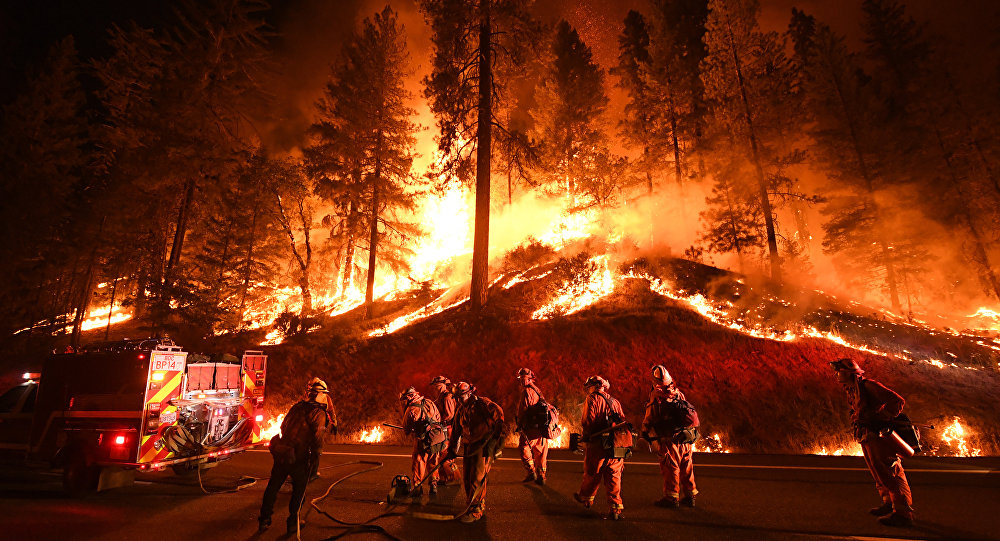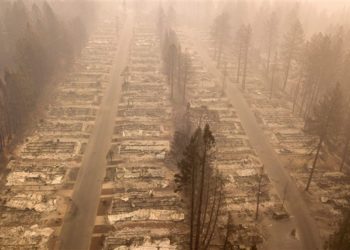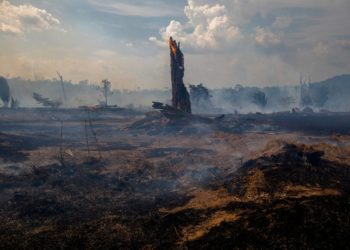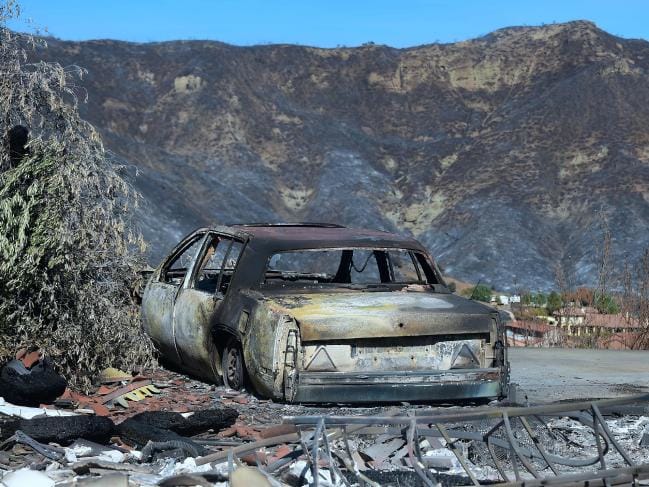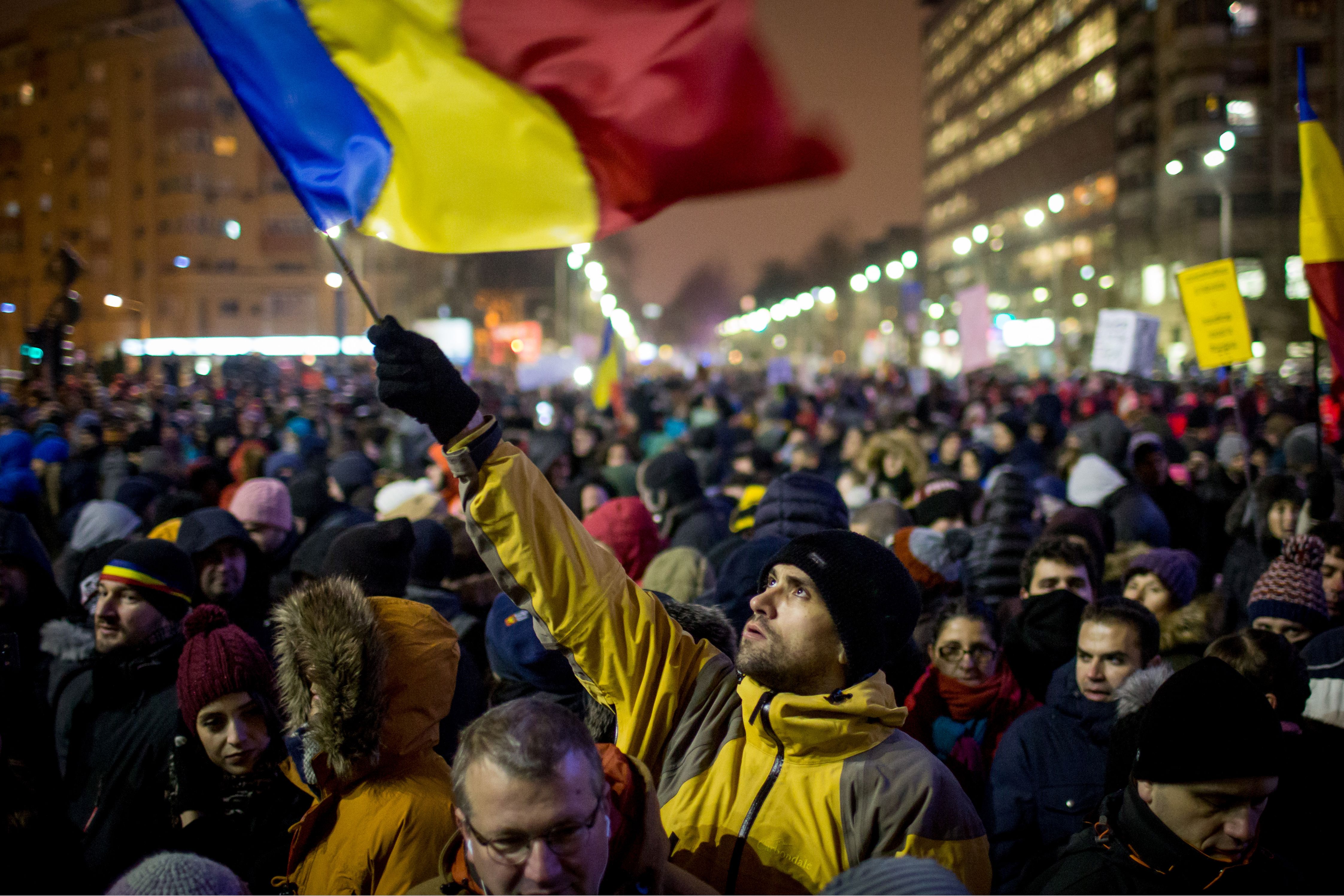Bankrupt U.S. utility company Pacific Gas and Electric announced Friday it has reached an $11 billion settlement with insurance companies over the deadly wildfires in California last year blamed on faulty power lines.
The San Francisco-based company said the settlement covers 85 percent of the insurance claims in the 2018 Camp Fire in Northern California – the deadliest in the state’s modern history – that left 86 people dead.
“Today’s settlement is another step in doing what’s right for the communities, businesses, and individuals affected by the devastating wildfires,” PG&E chief Bill Johnson said in a statement.
The blaze ravaged more than 60,000 hectares (153,000 acres) of land and destroyed nearly 19,000 houses and other structures, consuming the small town of Paradise.
PG&E acknowledged that its equipment was to blame for the disaster, and filed for bankruptcy protection in January. Johnson took over the reins in April.
The Camp Fire was not the first time a failure of PG&E’s equipment has resulted in disaster. The company remains under criminal probation after it was convicted on charges stemming from a 2010 gas line explosion under the city of San Bruno, which sent flames 1,000 feet into the air. Eight people were killed in the blast and 38 homes were leveled.
Investigators concluded that PG&E’s equipment was also responsible for a series of fires that ravaged Northern California in 2017, killing 43 people and destroying more than 14,000 homes.
The insurance settlement is part of the bankruptcy reorganization plan, and the company said it would continue to work with individuals to “fairly” resolve their claims.
The company in June reached a settlement with local governments and agencies totally $1 billion.
Despite being in bankruptcy, Jared Ellias, a bankruptcy expert and professor at the University of California’s Hastings College of Law, told The Globe Post that the company has plenty of cash on hand to pay out in damages.
“Just because a company is in bankruptcy doesn’t mean it doesn’t have a lot of value, and PG&E is one of the most valuable companies in the country,” he said, explaining that the company continues to enjoy a “captive market” in Northern California, where consumers have little to no alternative utility options.
At the time it filed for bankruptcy, PG&E had more $70 billion in assets, and Wall Street investors have continued to pour billions of dollars into the company since the fire.
“As we work to resolve the remaining claims of those who’ve suffered, we are also focused on safely and reliably delivering energy to our customers, improving our systems and infrastructure, and continuing to support California’s clean energy goals,” Johnson said.
The company’s share price surged 7.5 percent in early trading in New York.
More on the Subject
“It’s difficult to overstate the unpopularity of PG&E in California,” Ellias told The Globe Post in April.
Harsh criticisms of the company have not been confined only to the public. U.S. District Judge William Alsup, who is overseeing PG&E’s probation, has called the company’s safety record “dismal.”
In March, Alsup blasted the company for paying about $1 billion in dividends to its shareholders in 2016 and 2017 while it “knowingly failed to trim or remove thousands of trees it had already identified as posing a hazard.”
And while PG&E has traditionally wielded significant political power in California’s state government, there are signs that officials’ patience is wearing thin.
“Time and again, PG&E has broken the public trust and its responsibilities to ratepayers, wildfire victims and employees,” Nathan Click, a spokesman for Governor Gavin Newsom, said in a statement in April.
Dividends and Disaster: How For-Profit Utilities Threaten Public Safety


